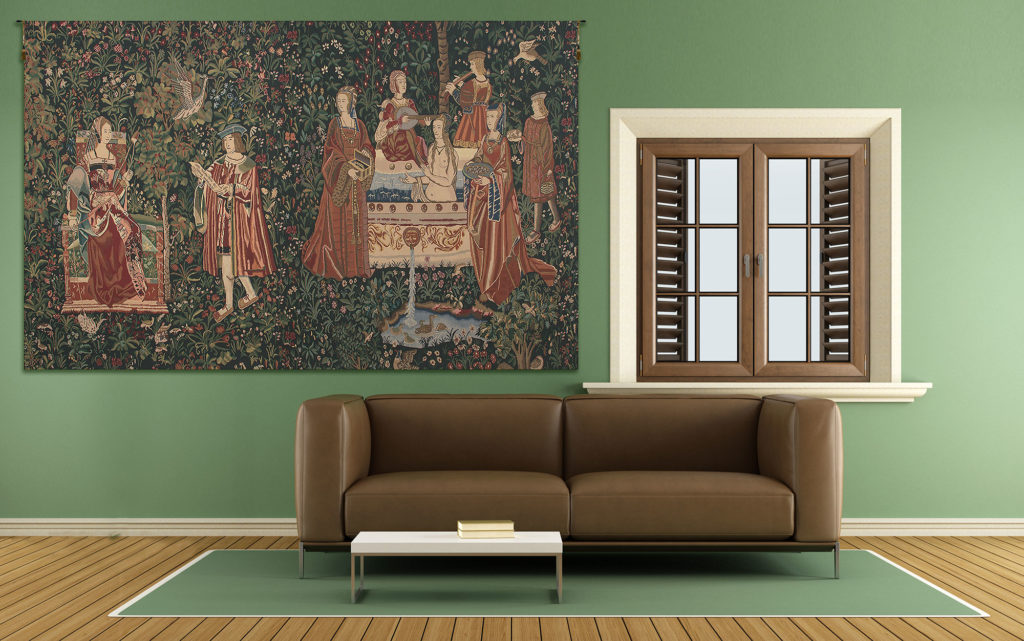
A person, who is keen on the history of a place or a culture, is always drawn towards the art of that time. For instance, the ones who like to read are always curious about the old books and manuscripts, while the ones who have a love for landscapes are amazed by the architecture and the places around.
Some may not like to travel and explore history but they keep it close to their heart. One such way to do so is by investing in famous medieval wall tapestries. The importance of medieval tapestry art was observed when the people of old time realized that they were the easiest to transport from one place to another.
In today’s time, it is even easier to transport, deliver and fix them in your home. But is it enough to just hang them in your living room? Actually, your work here is not done! Medieval tapestries are delicately designed with fabrics that may fade over time. If not cared for enough, they might lose the show of their appearance.
Here, Save on Tapestries brings you four ways by which you can take care of such awesome pieces of art. After all, they are not just there to be hung up; they adorn your room and your personality in front of your guests!
Decide the Perfect Place to Hang the Tapestry

To avoid catching dust and grime, you may want your tapestry to hang in a place that is not much exposed to direct sunlight, heat or moisture throughout the day. It will keep the look and feel of the fabric as it was the first day you brought the wall hanging in. Besides, a living room is the best location to flaunt your love for the classics.
Keep the Surface Clean & Clear
Cleaning the surface of the fabric from top to bottom is the utmost thing. You should know which method suits the fabric the best and go for it gently. In our experience, the easiest and safest way to keep the surface clean and clear off the dust is vacuuming. Though, you can also get them spot cleaned or dry cleaned by a professional.
Don’t Let it Crease in or Curl Up
In most cases, when transferred from one place to another, the tapestry wall hangings are rolled to save shipping space. This may cause creasing or curling of the fabric. Again, here the best way to avoid this problem is by steam pressing the fabric from a distance at a low to medium temperature. Or, you can stiffen the base with a rod to keep the fabric in place.
These ways provide you a way for maintaining the beauty and charm of your medieval tapestries and display a look that can continue to captivate you and your guests as long as you want them to.
